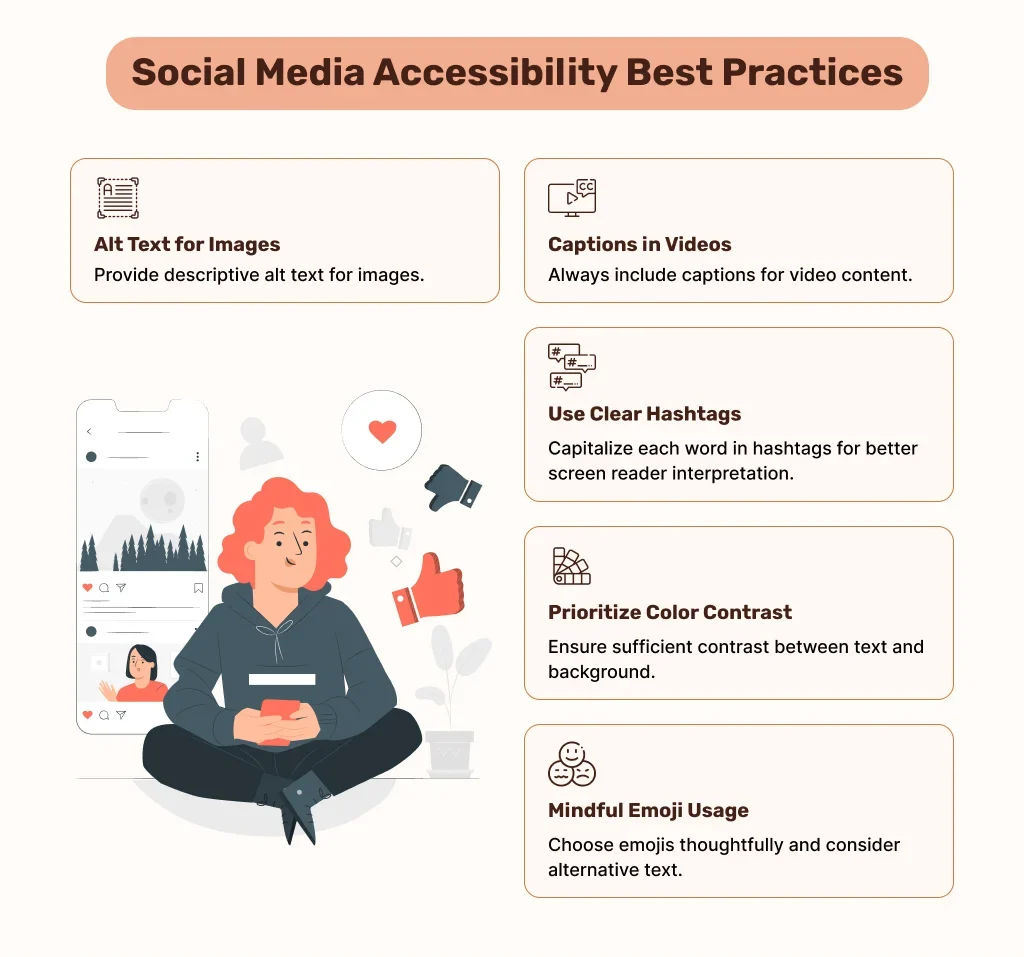
Why do we need to make websites and e-learning accessible?
Our Popular Blogs
Social media has become an integral part of modern communication, connecting people, brands, and organizations across Canada. However, its visual and auditory nature can present challenges for individuals with disabilities, making online experiences exclusive rather than inclusive. In a country that prioritizes accessibility, it's crucial that social media platforms and the content uploaded onto them meet the necessary standards to ensure the online world is accessible to all. This guide is tailored to Canadians, emphasizing the importance of social media accessibility, providing practical tips, and sharing stories of success in implementing inclusive social media practices.
Navigating the complex world of accessibility compliance can be a daunting task for any company. Consider accessibility laws like the Accessibility for Ontarians with Disabilities Act (AODA), the Accessibility for Manitobans Act (AMA), the Accessible Canada Act (ACA), the Americans with Disabilities Act (ADA), and standards such as the Web Content Accessibility Guidelines (WCAG), all of which are evolving constantly. This means that staying compliant requires a proactive approach.
Beyond the moral reasons to make your website accessible for people with disabilities, there is a legal obligation as well. But the myriad of legal and regulatory requirements — spanning not just accessibility, but also privacy, data protection and other considerations — can make it difficult to navigate the complex task of making your website compliant.
There is certainly a business case to be made to ensure that your website and digital applications are accessible and meet the needs of users with disabilities. This includes the legal imperative, commercial opportunities and moral requirements. But ensuring your digital products are accessible to everyone is easier said than done. So, this is where accessibility testing comes in.
Web accessibility is often associated merely with websites, but it extends well beyond that. It also includes digital documents, mobile and web apps, and just about anything that is housed online. As we strive to create an equitable digital space, understanding the crucial step of document remediation in achieving accessibility compliance is paramount.
Thousands of Ontario businesses have missed deadlines aimed at making the province accessible by 2025, but the government isn’t using all its resources to crack down on them.







